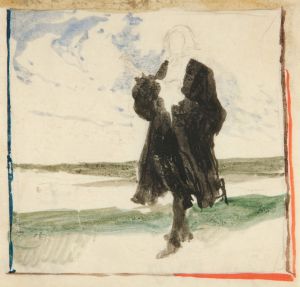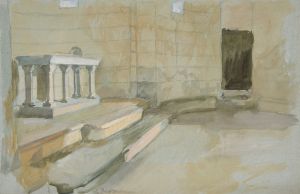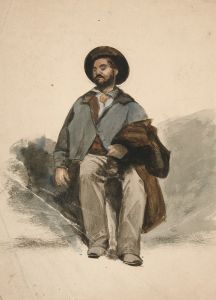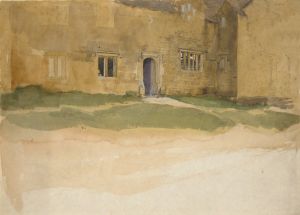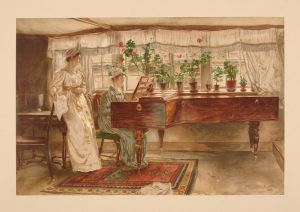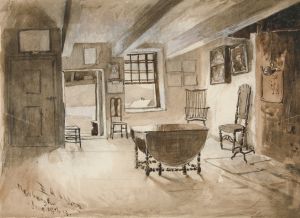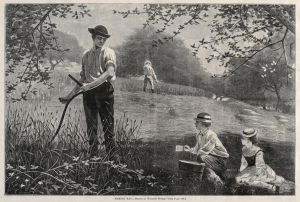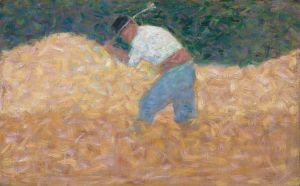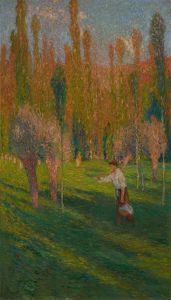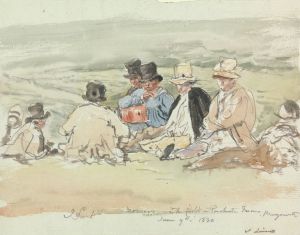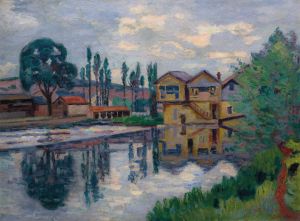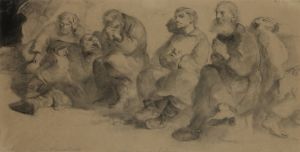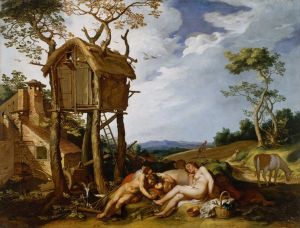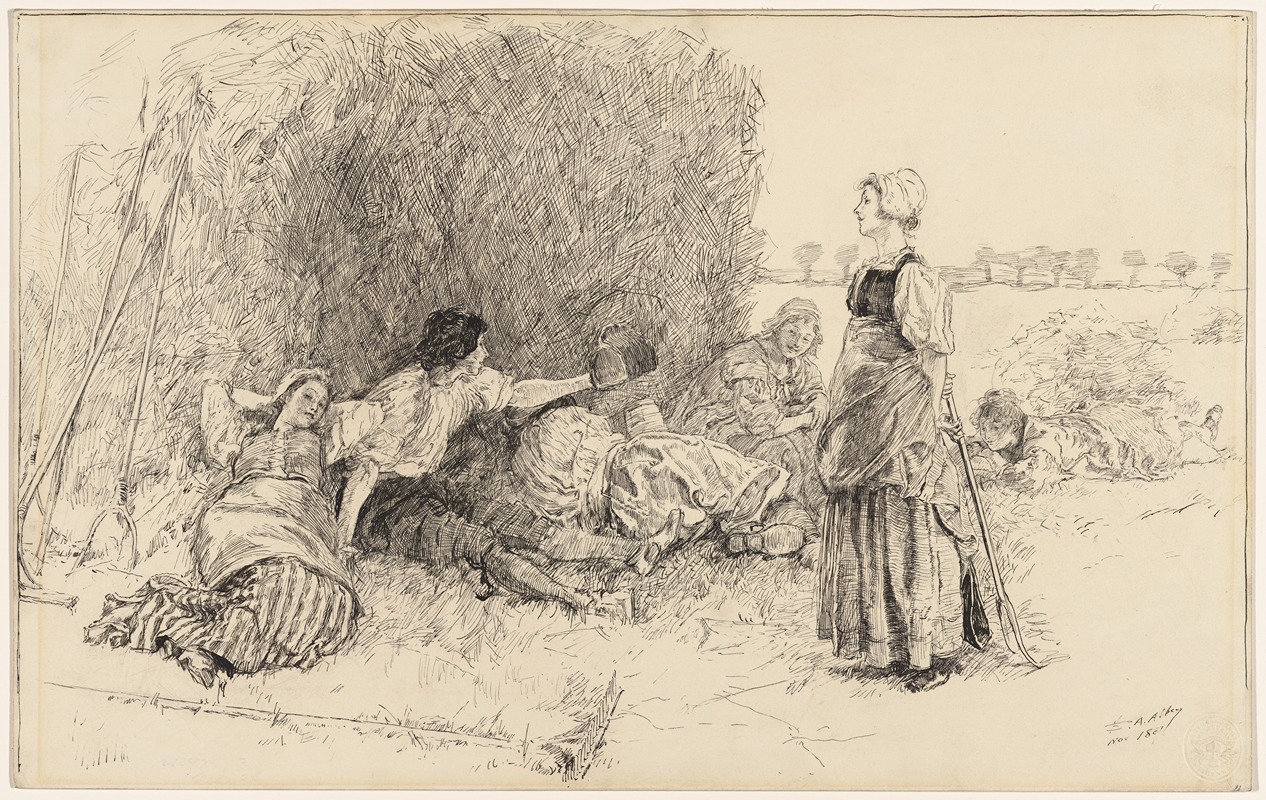
‘The Harvesters’ illustration to’The Leather Bottèl’
A hand-painted replica of Edwin Austin Abbey’s masterpiece ‘The Harvesters’ illustration to’The Leather Bottèl’, meticulously crafted by professional artists to capture the true essence of the original. Each piece is created with museum-quality canvas and rare mineral pigments, carefully painted by experienced artists with delicate brushstrokes and rich, layered colors to perfectly recreate the texture of the original artwork. Unlike machine-printed reproductions, this hand-painted version brings the painting to life, infused with the artist’s emotions and skill in every stroke. Whether for personal collection or home decoration, it instantly elevates the artistic atmosphere of any space.
Edwin Austin Abbey was an American artist and illustrator known for his work in the late 19th and early 20th centuries. Among his notable works is an illustration titled "The Harvesters," created for the poem "The Leather Bottèl." Abbey's illustrations often accompanied literary works, and he was renowned for his ability to bring stories to life through his detailed and expressive drawings.
"The Leather Bottèl" is a traditional English folk song that dates back to the 17th century. It celebrates the virtues of the leather bottle as a vessel for carrying and storing drinks, contrasting it with other types of containers. The song's themes of rustic life and appreciation for simple, durable objects would have resonated with audiences during Abbey's time, as they do today.
Abbey's illustration, "The Harvesters," captures the essence of rural life, a common subject in both the poem and the broader artistic movements of the period. His work often reflected a deep appreciation for historical and literary themes, and he was known for his meticulous attention to detail and historical accuracy. This illustration likely depicts a scene of agricultural activity, aligning with the pastoral themes of the poem.
Abbey's career began in the United States, but he spent a significant portion of his life in England, where he became associated with the Pre-Raphaelite Brotherhood and the Arts and Crafts Movement. These movements emphasized a return to traditional craftsmanship and often drew inspiration from medieval and early Renaissance art. Abbey's work, including "The Harvesters," reflects these influences through its intricate detail and historical subject matter.
In addition to his illustrations, Abbey was also a successful painter. He was commissioned to create murals for public buildings, including the Boston Public Library, where his work further cemented his reputation as a leading artist of his time. His ability to convey narrative through visual art made him a sought-after illustrator for books and periodicals.
Abbey's contributions to art and illustration were widely recognized during his lifetime. He was elected to the National Academy of Design in the United States and the Royal Academy in the United Kingdom. His work continues to be celebrated for its technical skill and ability to evoke the spirit of the literary works it accompanies.
"The Harvesters" stands as a testament to Abbey's skill in capturing the essence of a narrative through illustration. While specific details about this particular illustration's creation and reception may not be extensively documented, it remains an example of Abbey's broader artistic legacy and his contribution to the visual interpretation of literary works.





